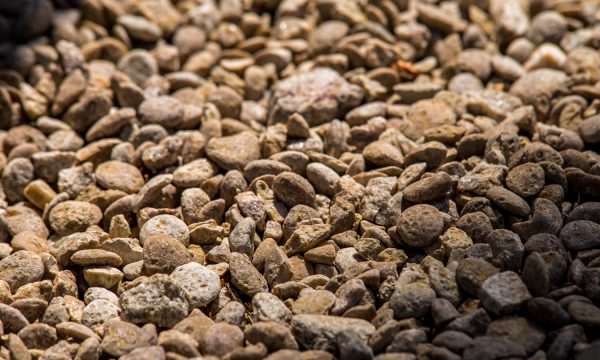Legend
Following the conversion of the Hungarian-inhabited Felszeg in Călata (Hu: Kalotaszeg) region to Protestantism, a slightly transformed tradition related to Saint Ladislaus lived on. The tale of the stone coins found in large numbers on the border of the settlements of Felszeg is told in Mănăstireni as a tale of coins originating from the Holy King who dropped them when passing through the border of the village.

Another version claims that he deliberately scattered the gold coins to deceive the Tartars following him, so that he could find shelter. The text of the legend goes on to say that the gold coins soon changed into stones in the hands of the enemy soldiers. In Călata region it is only in Mănăstireni that the Milky Way, referred to as the Road of Warriors in Hungarian mythology, is referred to as a symbol of Saint Ladislaus: when he won, the stars showed him the way. The figure of King Lolló in Felszeg tales likewise preserved the memory of Saint Ladislaus in the local folklore: according to the Hungarian population in Domușu (Hu: Kalotadámos), close to Mănăstireni, there are hidden treasures of King Lolló inside the Tordalma, a strangely shaped hill located in the area.

The name of the settlement derives from the Gyerőfi family, which was the owner of the village and the whole region in the Middle Ages. Around the last member of the family, Gyöngyös Gyerőfi, a whole series of legends was created in the Hungarian settlements in Felszeg. His death is told as a ’sin and punishment’ type of kidnapping tale, related to Gyerőfi hill, on the border of Dumbrava (Hu: Gyerővásárhely). Many of the elements of these legends are clearly borrowed from the medieval Saint Ladislau legends, which probably entered the tradition of the newer historical hero in the 18th century. According to one of these folklore traditions, Gyerőfi, riding his magic steed, leaped from Gyerőfi hill to the mountaintop over Căpușu Mic (Hu: Magyarkiskapus), where the imprint of the horseshoe is still visible in a flat stone.
Natural Heritage
The small village of Mănăstireni is one of fourteen GMO-free localities in Cluj county. From there, heading south on county road DJ103K, we will arrive in another spectacular part of the Apuseni Mountains (Hu: Erdélyi-középhegység). Between the Gilău Mountains (Hu: Gyalui-havasok) and the Vlădeasa Mountains (Hu: Vlegyásza hegység) lies another little village called Beliș (Hu: Jósikafalva). During the years of communism, a dam was built on the Warm Someș (Hu: Meleg-Szamos) river, where the village used to be. Even today, when the water level gets low during the summer, one can see the ruins of the old church standing out of the water defiantly.
The carnivorous European bullhead (Cottus gobio) and the Carpathian brook lamprey or Danube lamprey (Eudontomyzon danfordi), reminiscent of an eel, are just two of the several valuable, rare fish species that live in the surrounding mountain creeks. The lamprey used to be considered a pest because of its parasitic nature and for the damage caused on trout farms. The adult lamprey sticks to other fishes with its round, vacuum-like mouth and feeds on their bodily fluids and meat. The fish is no longer considered a danger, however, since its population has significantly declined, and it is now protected. It also feeds on dead animals, cleaning the waters.
Cypripedium calceolus is a lady’s slipper orchid which grows in the shade of the local forests, on limestone. Its slipper-like flower traps the pollinator insects, who, in their escape, inevitably touch the plant’s pistil and anthers. The insect will then go on and fertilize other lady’s slippers it comes into contact with. Flower picking hikers are one of the main causes of its endangerment.
The Apuseni Natural Park and the mountains themselves offer many great opportunities for hikers and excursionists, great ways for tourists to see the area’s beautiful wildlife for themselves.
